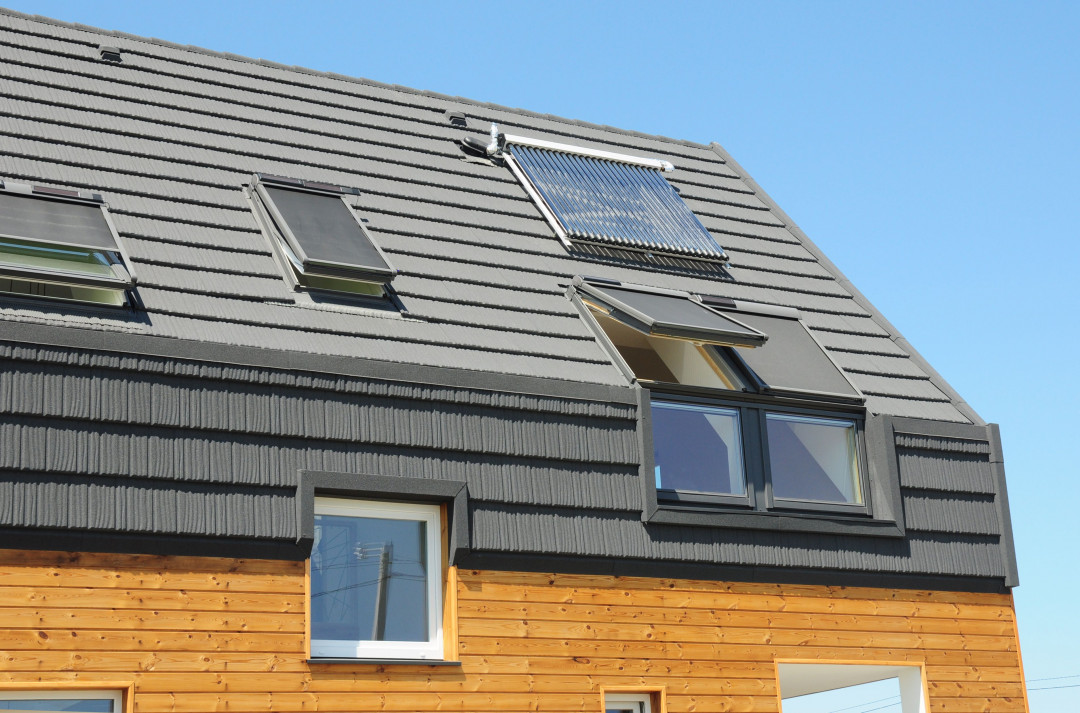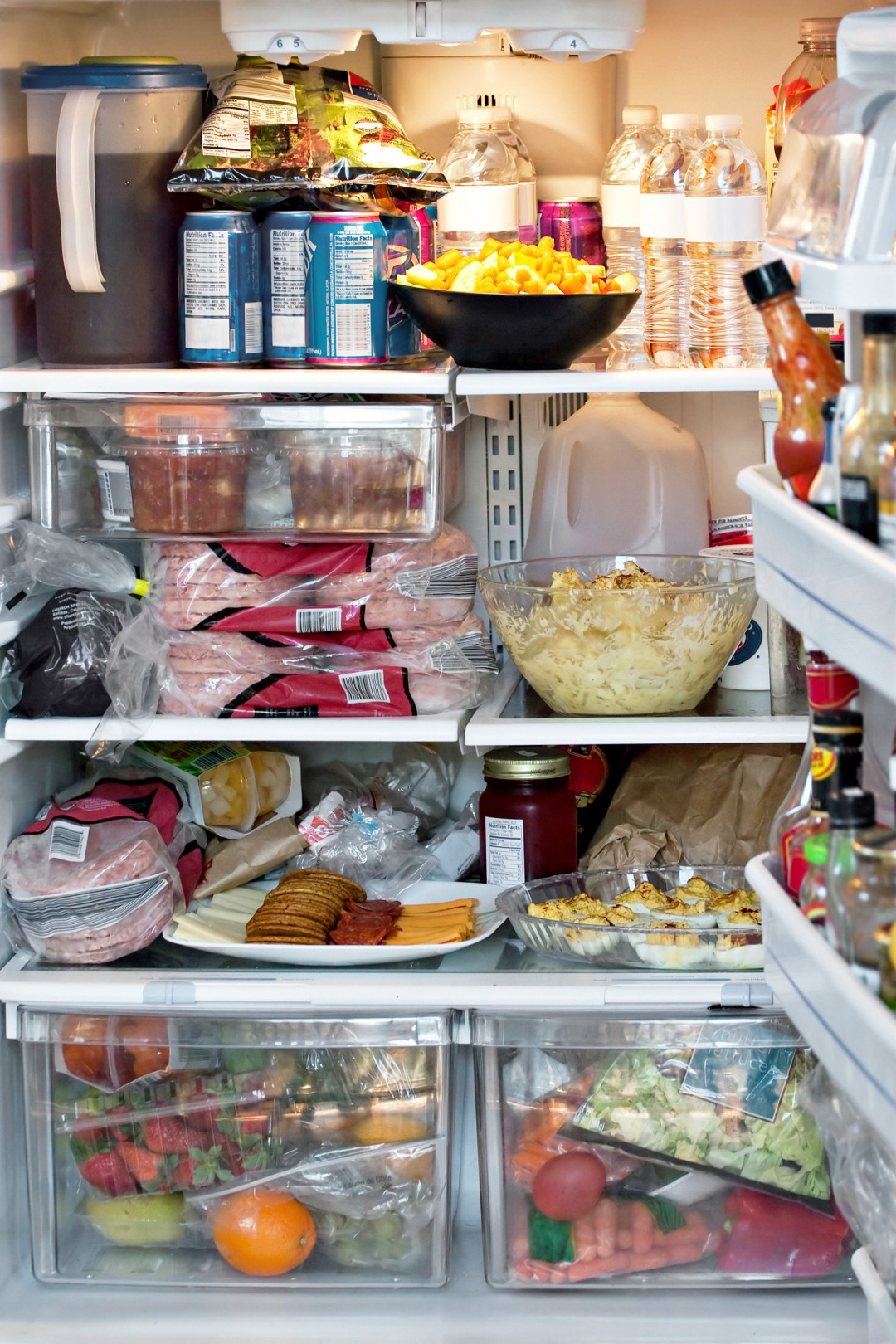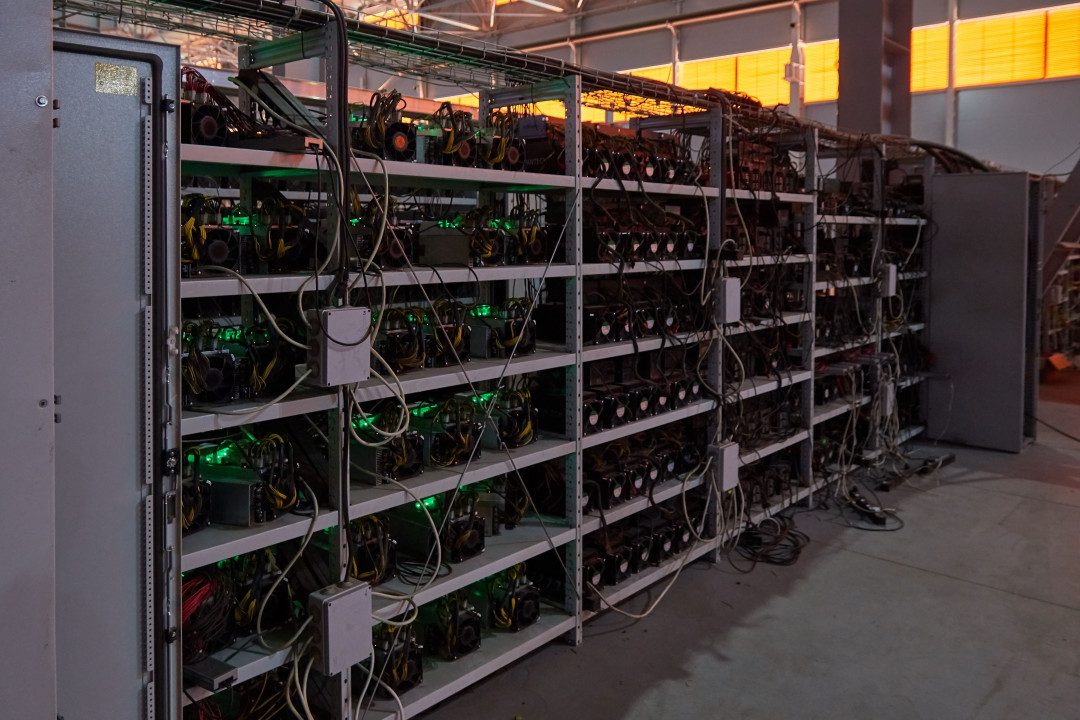5 Power Hungry Products To Keep An Eye On




Climate change is the biggest challenge of the modern world. Increased population growth and reliance on electronic devices and fossil fuel to power them has resulted in the earth’s temperature increasing, about 1 ̊ Celsius since the industrial revolution. However, some cities like Cincinnati in the United States and Ljubljana in Slovenia have seen an average increase of over 3.4 ̊ Celsius! Governments around the world have finally made a concerted effort to reduce global temperatures, and passively designed houses are more common, but here are actions we can do as individuals to reduce our energy footprint.
1. HVAC

Air conditioners adorn the side of this residential building.
Stephen Buranyi of The Guardian dubbed it the “air conditioning trap”. As climate change warms our world, we turn to air conditioning to give us personal comfort. According to the federal government, heating and cooling on average accounts for 40% of Australian household energy bills. Not only does it hurt the climate, but it accounts for $3.7 billion in bills annually. Initiatives to reduce energy, such as increasing costs during peak periods and public service campaigns, can also negatively affect vulnerable families. Many households, especially ones with young children and the elderly, put their health at risk by abstaining from using HVAC at home during heatwaves to save money or reduce their carbon footprint. This can be avoided altogether with increased access to cool, indoor public spaces, or by implementing passive house design in buildings. Much of our infrastructure is not prepared to keep up with rising global temperature, and air conditioning is not a long term solution.
2. Lighting

Skylights that take account the position of the sun are very effective in reducing your carbon footprint.
It depends on your habits, but lights can be the most power hungry device in your house. If you’ve already replaced all your incandescent bulbs and you’re the type to turn off a light when you leave a room, you can just skip this one. But, for the rest of you, step up your game! LED lightbulbs are more costly up front, but the savings alone are monumental. According to the E3 Program, a household fitted with 37 mains plugs fitted with LED lightbulbs will save just under $2,500 over 10 years. You can reduce this even more by ensuring lights aren’t being used when you aren’t in a room. Sometimes we’re not perfect, and implementing a smart home interface can help pick up the slack by automating aspects of your home lighting. Passive house design is another important factor; a home that is naturally lit throughout can save up to 75% on lighting and HVAC. Passive daylighting can also increase the levels of healthy light, beyond what would be considered efficient for even LED bulbs.
3. Devices On Standby

Your router could be costing you more than you think.
Although they might be on standby, there are some devices that consume more energy than others. According to Australian consumer advocacy group CHOICE, TVs and DVD/Blu-Ray players cost as little as 3 cents a year when left on standby. Your gaming console uses relatively little power on standby, at a maximum of 80 cents per year. The biggest standby offenders in your household are wireless routers and domestic printers, which can cost a whopping $41 and $32 respectively. These devices are the most important when looking for low-energy options. Washing machines consume a significant amount of power on standby as well. You can counter this by creating a habit of turning these devices off when not in use, or using automated switches if power points are inaccessible.
4. Fridge

If you can't keep your fridge this full of groceries, then consider filling the space with reusable water bottles.
Unfortunately, this is one device that can’t be turned off, but there are ways you can reduce the amount of energy it uses. First, consider the location. Ensure your fridge is in an area that doesn’t get hot. It’s also important that the condenser coils at the rear of your fridge has plenty of space, so hot air doesn’t accumulate. The less empty space in your fridge, the less energy your fridge consumes. If you don’t typically buy a lot of groceries, then another way to reduce space is to fill your fridge with water bottles (and you’ll have cool water all day!) The next best way to reduce energy consumption is to only put room temperature food in the fridge. Condensation in the fridge will also make your fridge consume more energy, so ensure food is covered too.
5. Computers and crypto

An example of a cryptocurrency mining rig.
Over the last 15 years, the number of households with computers have increased and then recently plateaued, most likely due to the increased use of tablets and smart phones. However, use of personal computers has increased since the outbreak of COVID-19. Microsoft’s CPO (Chief Product Officer) reported a 75% increase of user minutes in 2020 from the previous year, a whopping 4 trillion minutes! Along with the increased use of personal computers, the popularity of cryptocurrency at the same time has created another energy crisis. Producing cryptocurrency in 2021 took up more power than the entire nation of Finland. In 2009, the humble days of Bitcoin, it took a few seconds of household energy with a consumer home computer to mine a single coin. Now it requires thousands of dollars in hardware and 9 years of household power to produce the same coin. In a survey of Australian residents by Statista in 2020, over 18% respondents said they owned a form of cryptocurrency. But why does it take so much power? Cryptocurrency is secured by a digital ledger called a blockchain. When transactions are made, users compete to validate it. The user who validates the transaction is rewarded in cryptocurrency. This article uses the metaphor of a group of people competing in a dice roll to explain it; everyone is competing by chance to get the right number. However, the faster and more advanced the computer, the more chances you get, resulting in huge warehouses filled with computers operating nonstop. The amount of crypto users on coinbase increased worldwide by 190% from 2019 to 2020, making the need for greener blockchain technology more urgent than ever.




 Indonesia
Indonesia
 Australia
Australia
 Philippines
Philippines
 Hongkong
Hongkong
 Singapore
Singapore
 Malaysia
Malaysia







